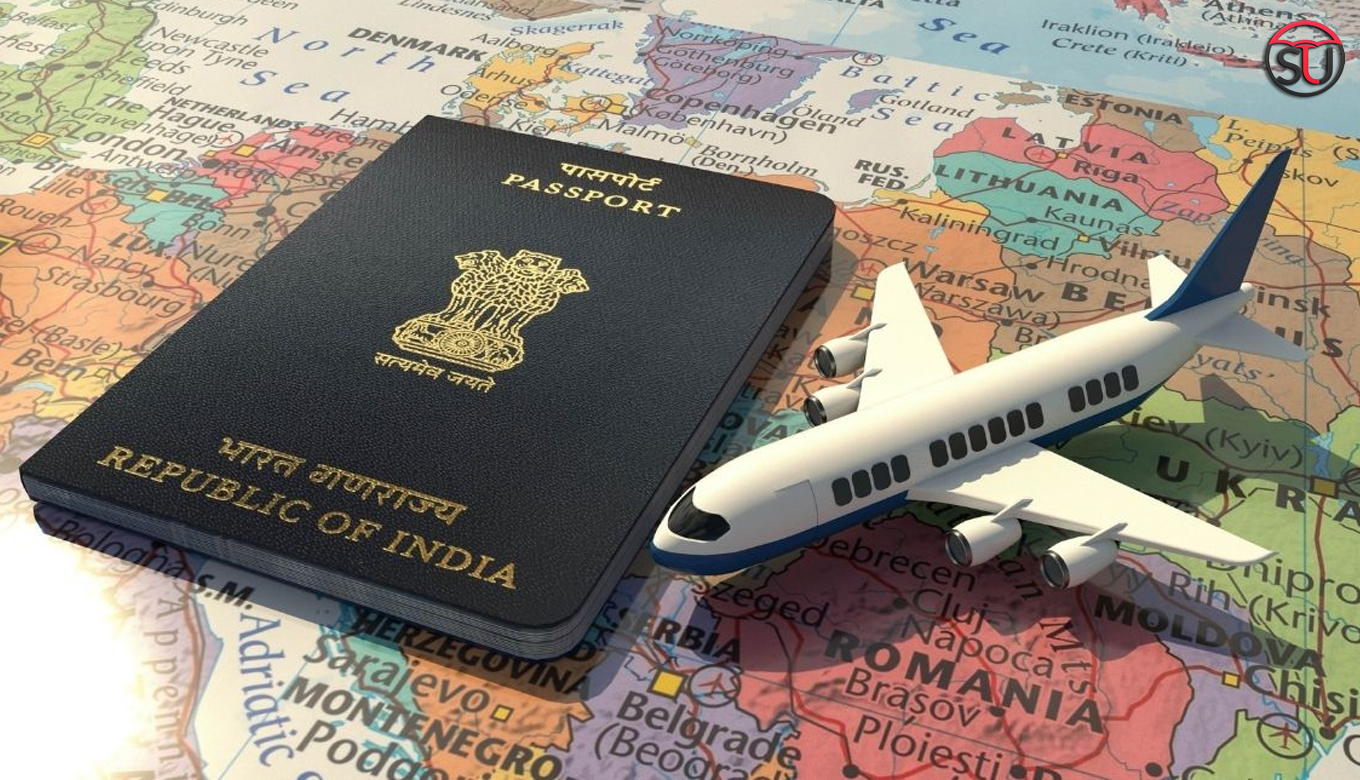If you are a frequent traveler across and outside the country, then you must know about the new E-passport. The Ministry of External Affairs is planning since January to replace the old passports with a microchip based e-passport. Now, its implementation is confirmed in the Union Budget of 2022 by Finance Minister Nirmala Sitharaman.
In her budget speech, she said “The issuance of e-passports will be rolled out in 2022-23 to enhance convenience for citizens.”
However, it is still unclear to the common man the concept behind this new change and how it will be different from the existing one.
Introduction To New ‘E-Passport With Chip’

via:ndtvgadgets
The first letter ‘E’ itself indicates that the passport is going to be a digital version of the traditional passport. It will have a microchip- the rectangle yellow chip- same as your ATM card contains. This chip will store details of the passport carrier such as their name, D.O.B, etc…
Also Read: Microsoft And Oracle To Create Vaccination Passport In Collaboration With Mayo Clinic
E-Passport Vs Regular Passport: Know The Difference And Similarities

via:path2usa
Both are the same in the purpose they serve, they carry your travel history and personal details. However, the two are different in terms of security and transparency. How?
Microchip based e-passport will have Radio-Frequency Identification that will store valuable information regarding customers. It will help in the quick authentication of an individual at the airport counter.
This is useful for both travelers and airport staff in maintaining the confidentiality and safety of the travelers. Furthermore, the new e-passport will solve the issue of fake passports as only those authorized and issued by ICAO will be valid.
More than 100 countries including the US, UK, Germany, Singapore, and Malaysia use this concept of a biometric passport. India, also, began the trials by issuing more than 20,000 official e-passports since 2017. Now the project will be done on full-fledged basis and the contract is given to the India Security Press which is at Nashik.
Also Read: Know-How To Change Address On Your Voter ID Card Online
How To Apply For E-Passport?

via:udaipurian
Those wishing to get new e-passport need to fill out an online form on the government portal of India. Here are the steps to follow:
1. Go to passportindia.gov.in. This is the official website to apply for e-passport and will take you directly to the form submission page.
2. If you are a new user, then you’ll need to register by clicking on the ‘Register Now’ link
3. Select passport office, name, surname, date of birth, email-id, and create an id, password for login. Press the Register button to confirm.
4. Next step is to login the portal using the id and apply for Fresh Passport.
5. Submit all the details as asked in the form
6. Pay the application fee of Rs 1,500 if you want a 36 pages booklet or else pay Rs 2000 for 60 pages booklet. You can pay using credit/debit card or through internet banking
7. Take the print of e-passport application form and save it for future reference
8. Go to the nearest passport seva kendra or office for document verification on the booking date. Take originals and a copy of your voter card, electricity bill, Pan card, driving license for identity verification.
In case you don’t visit the office within 90 days then you would have to resubmit the application form.



